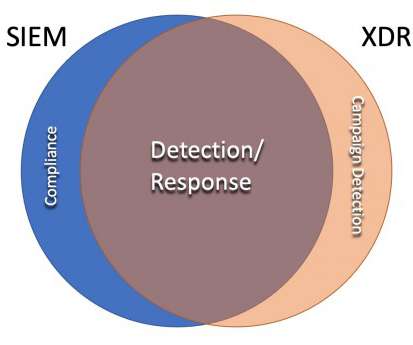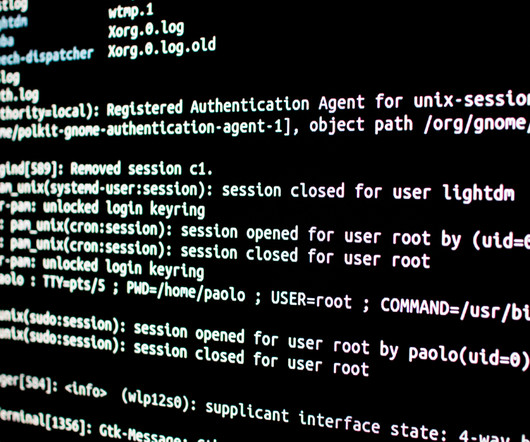Protecting Endpoints in an Evolving Threat Landscape
Centraleyes
FEBRUARY 8, 2024
In the sprawling expanse of our digital metropolis, where users, applications, and systems engage in a constant movement between nodes, the Endpoint Detection and Response (EDR) system has emerged. EDR is a category of tools designed to continuously monitor the intricate web of cyber threats on endpoints across a network.



















Let's personalize your content